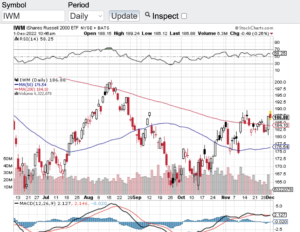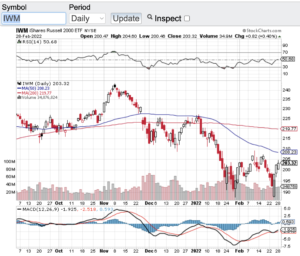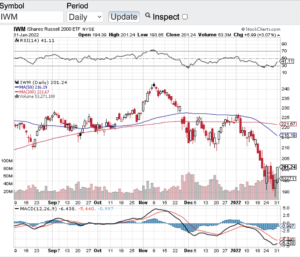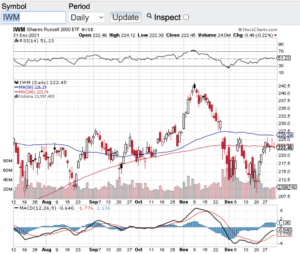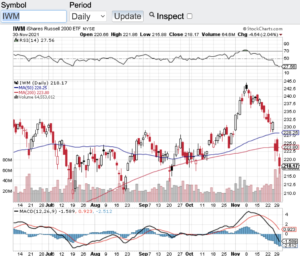After one of the weakest market performances since 2008, who is ready for the new year? I know I am!
Let’s take a look at how the major averages closed the year out. The Dow Jones Industrial Average (see chart here) finished lower by 8.78%, the S&P 500 (see chart here) shed almost 20%, the Nasdaq Composite (see chart here) fell a whopping 33% and the Russell 2000 (see chart here) closed the year down over 21%. Despite the bear market we now find ourselves in let’s not forget of how we got here. For the past 10 plus years and especially the past 3 years, central banks from around the world flooded the system with enormous liquidity. This liquidity came in many forms and with essentially charging little to no interest. The Federal Reserve Banks from around the globe started these programs when the 2008 financial crisis hit and for the better part of 15 years had not let up. What changed their position is how inflation took off this year to rates not seen in over 40 years.
Fast forward to today and we now have watched the Federal Reserve raise interest rates multiple times over the past several months and along with that taking the stock market with it. That said, I don’t blame the Fed for raising rates, in fact some pundits might argue as to why it took so long. Oh yea, a once in a century global pandemic shocked the world and the economy. So, what should have been a policy shift years ago became extended stimulus parade of liquidity into the system. Which by the way was very needed. Ok, so let’s not panic as to what occurred in the markets last year, from my vantage point this appears to be simply a function of interest rates and markets beginning to normalize.
Wishing everyone the healthiest, happiest, and most prosperous New Year 🙂
Cheers,
~George
